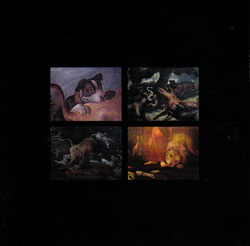
"Two compositional responses upon the same sonic matter from two sound artists" - Tomas Phillips, and Francisco Lopez each creating extended works using the same source materials.
In Stock
Quantity in Basket: None
Log In to use our Wish List
Shipping Weight: 1.00 units
EU & UK Customers:
Discogs.com can handle your VAT payments
So please order through Discogs
Sample The Album:
Tomas Phillips
Francisco Lopez
Click an artist name above to see in-stock items for that artist.
UPC: 884502405644
Label: Aural Terrains
Catalog ID: TTRN0411
Squidco Product Code: 13252
Format: CD
Condition: New
Released: 2010
Country: Greece/UK
Packaging: Cardstock Sleeve, not sealed
Track 1 Created at Smallwood Studio, Spring 2008 by Tomas Phillips. Track 2 Created at Mobile Messor, Summer 2008 by Francisco Lopez
"About the Artists
Tomas Phillips (b. 1969) is a composer, novelist, and teacher whose sound work focuses on improvisational performance and minimalist through-composition. Labels to release his music include Trente Oiseaux, Line, and Non Visual Objects. He began composing electronic music in the early 1990s, releasing limited edition cd's under the moniker Eto Ami (with Dean King), and has since created music for installations and collaborations in dance and theatre. Tomas has taught in the disciplines of literature and fine arts at various universities in the US, Québec, and Finland. He completed an interdisciplinary PhD at Concordia University in Montreal in 2007.
Francisco López is internationally recognized as one of the major figures of the sound art and experimental music scene. Over the past 30 years he has developed an astonishing sonic universe, absolutely personal and iconoclastic, based on a profound listening of the world. Destroying boundaries between industrial sounds and wilderness sound environments, shifting with passion from the limits of perception to the most dreadful abyss of sonic power, proposing a blind, profound and transcendental listening, freed from the imperatives of knowledge and open to sensory and spiritual expansion.
He has realized hundreds of concerts, projects with field recordings, workshops and sound installations in 60 countries of the five continents.
His extensive catalog of sound pieces (with live and studio collaborations with over 130 international artists) has been released by more than 200 record labels worldwide, and he has been awarded three times with honorary mentions at the competition of Ars Electronica Festival."-Aural Terrains
Review:
"There are two long pieces on this album, described as 'compositional responses upon the same sonic matter'. Placing limitations on your resources is an old game in music. One thinks of blues forms, raga, pibroch, and in the Western classical tradition you can trace the practice back to the medieval use of the cantus firmus where a popular song, say, was used as the foundation for religious masses by different composers. I remember enjoying three pieces at an electroacoustic concert in Edinburgh where Jonty Harrison, Trevor Wishart and Horacio Vaggione had limited themselves to the sounds of two wine glasses chinking together. Then, as now, it's less a question of sizing up the pieces in terms of who did the best job and more an exploration of how different artists exploit their common material, how they stamp their own character on the work
Tomas Phillips' piece, 3e transcription [31:00], is an elegant and considered work. The large opening gestures are firmly in the tradition of Pierre Schaeffer's pioneering concrète work - the radical dynamics, long silences, crescendi and sustained tonal, almost choral, textures later in the piece sound by contrast thoroughly contemporary. I thought that the silences were almost risky so early in the work, though they did appear throughout and were obviously of structural significance, as was the use of a single recurring tone similar in timbre to an electric piano. I can't confirm this, but I'm guessing that some of the source material was taken from a reverberant space such as a church or similar interior. The same sort of sound appears in the López piece and I can't imagine both composers overdoing the use of digital reverb simply for effect.
Phillips' piece tends towards a sectional, linear approach with simple panning, gestures, iterations and juxtapositions. For example, we have long sections with big spaces and granular hissy sounds - sometimes this and then that, occasionally both together. Yet despite the time taken to let passages 'run', any narrative which might emerge is in the end deeply fractured.
If you like your music on a geological or seismic scale then you'll enjoy this work, characterised as it is by big sounds (though never harsh) and big contrasts, all demanding closer investigation and deeper listening.
Francisco López' untitled #214 [24:54] seems to contrast with Phillips' work in being more circular, or at least less linear, in its construction. It begins with a dramatic and dynamic opening passage which immediately demands attention. The source sounds are recognisable from the first piece. In fact, I thoroughly enjoyed listening over and over to both pieces to try to establish the common ground, though I accept that this listening strategy might not be to everyone's taste. Again, López makes use of the 'big' silence, though if you listen very closely for a long time, you'll hear faint sounds in the distance. Perhaps they agreed on this technique in advance. Then, just as you reach for the volume control, it all goes off again (so stoners be warned). Beautifully crafted reverberated gestures give way to a rhythmic sub bass figure which takes over as a pedal, all very 'musical' in an orchestral sense and a strong feature in what I've heard of López work to date. Here we have in addition to the bass, an almost pitched midrange noise texture and a hint of tones in the high register.
I was taken in by a most unusual vocal passage (is this related in some way to Phillips' 'choral' texture?) which seemed to be stretched, filtered and flanged in a very unique and original manner. Oneiric (shades of David Lynch) and indie pop at the same time. Then back to silences and faint sounds. Both artists seem to have agreed to take their time over things.
Just after the half way point I recognised more of the material from the first piece - looped industrial presentations, iterations and irregular off kilter loops - crunchy material giving way to 'classic' acoustical debris gestures.
Having been impressed with previous releases I would say that IC by Tomas Phillips and Francisco Lopez maintains the high standard of work from the label. The concept of two artists working on common source sounds has worked well. In addition to appreciating the idiosyncracies of each composer's approach I also gained a deeper appreciation of both works as hints and traces of the source materials revealed themselves.
Finally, I'd suggest that this is one of those albums where you can listen to and appreciate parallel developments in electroacoustic music outside of more academic contexts. This is an accessible and highly enjoyable release which, in common with all good music, offers more every time you listen."-James Wyness - 9.5.2010
Artist Biographies
• Show Bio for Francisco Lopez "Francisco López is an avant-garde experimental musician and sound artist. He has released a large amount of sound pieces with record labels from more than fifty countries and realized hundreds of concerts and sound installations worldwide; including some of the main international museums, galleries and festivals, such as: P.S.1 Contemporary Art Center (New York City), London Institute of Contemporary Arts, Paris Museum of Modern Art, National Auditorium of Music, Reina Sofia Museum of Modern Art, Barcelona Museum of Contemporary Art, Buenos Aires Museum of Modern Art, International Film Festival Rotterdam, Sónar, Darwin Fringe festival, Kitakyushu Municipal Museum of Art. For the Spanish Pavilion of the Expo 2008, López presented a "double sonic intervention", consisting of both an indoor sound installation and an outdoor performance. In 2006, López won the First Prize for the Sound Art Competition of the Museo de Arte Contemporáneo de Castilla y León. He has received honorable mention of the Prix Ars Electronica on three occasions(1999, 2002, 2007) and is the recipient of the Qwartz Award 2010 for best sound anthology. He is director and curator of the sound archive SONM." ^ Hide Bio for Francisco Lopez
11/18/2024
Have a better biography or biography source? Please Contact Us so that we can update this biography.
Track Listing:
1. 3e transcription 31:02
2. untitled #214 24:55
Electro-Acoustic
Organized Sound and Sample Based Music
Sound, Noise, &c.
Search for other titles on the label:
Aural Terrains.


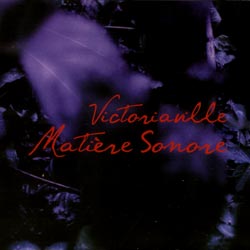
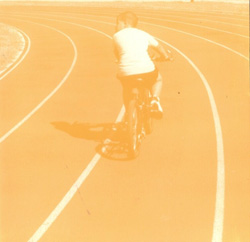
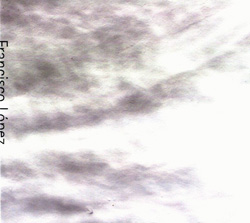
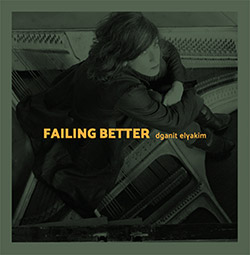
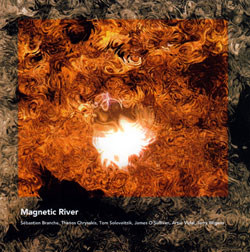

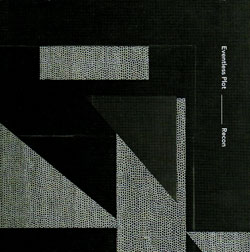
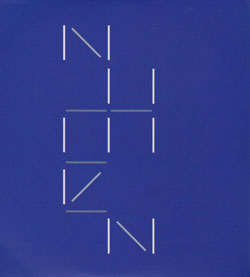

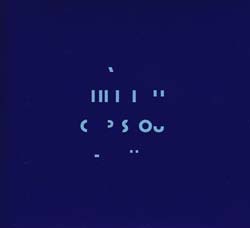
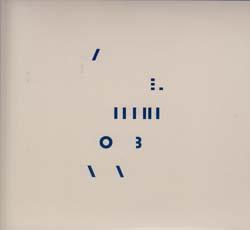
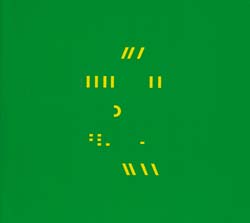
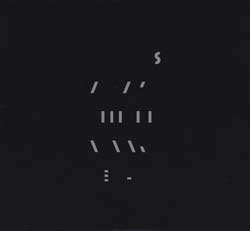
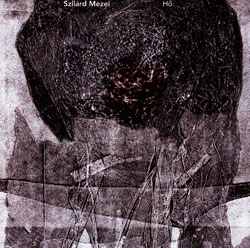
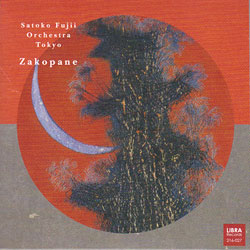
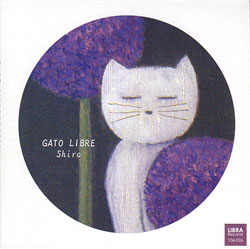
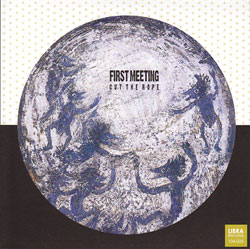
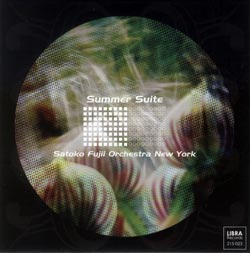
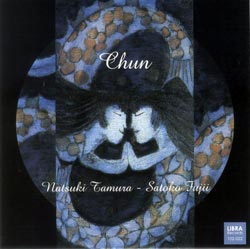
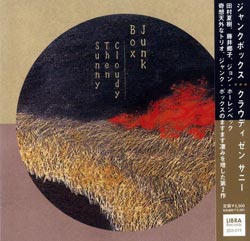
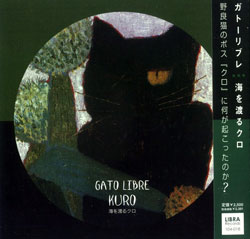
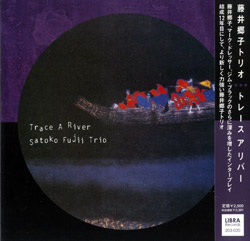
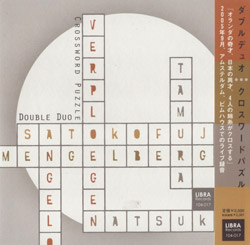
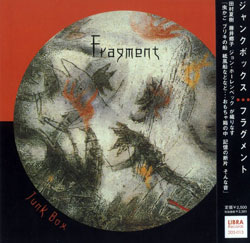
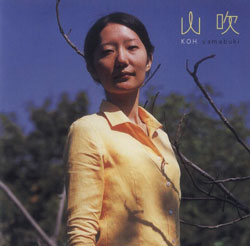
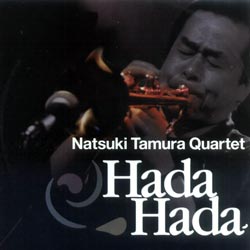














![Barker / Parker / Irabagon: Bakunawa [VINYL]](https://www.teuthida.com/productImages/misc4/35533.jpg)
![Blaser, Samuel / Marc Ducret / Peter Bruun: Dark Was The Night, Cold Was The Ground [VINYL 10-inch]](https://www.teuthida.com/productImages/misc4/35492.jpg)










![Warren, Kenny (Warren / Hoffman / Ellman): Sweet World [VINYL]](https://www.teuthida.com/productImages/misc4/35451.jpg)


![Blake, Ran / Dave Knife Fabris: Live Amsterdam 2006, First Visit [CD + POSTCARDS]](https://www.teuthida.com/productImages/misc4/35275.jpg)
![Sanna, Claudio: Compositori Sardi Contemporanei II [2 CDs]](https://www.teuthida.com/productImages/misc4/35317.jpg)












![Nevai, Nandor: <<The PRICE of FRONTIER>> Book 1: FULK [BOOK + 4 CDs]](https://www.teuthida.com/productImages/misc4/35464.jpg)
![Nevai, Nandor: <<The PRICE of FRONTIER>> Book 2: MARTIAL [BOOK + 4 CDs]](https://www.teuthida.com/productImages/misc4/35465.jpg)
![Nevai, Nandor: <<The PRICE of FRONTIER>> Book 3: JASSOM [BOOK + 4 CDs]](https://www.teuthida.com/productImages/misc4/35466.jpg)
![Nevai, Nandor: <<The PRICE of FRONTIER>> Book 4: HARD-WON [BOOK + 4 CDs]](https://www.teuthida.com/productImages/misc4/35467.jpg)

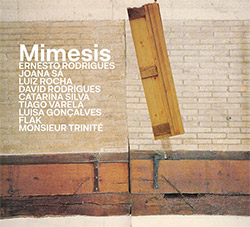




![DNS: Taking Big Bites Of The Khandas Three Cafes Deep [2 CDs]](https://www.teuthida.com/productImages/misc4/35334.jpg)




![Cleaver, Gerald: The Process [VINYL]](https://www.teuthida.com/productImages/misc4/34966.jpg)




![Alva Noto: HYbr:ID II [VINYL 2 LPs]](https://www.teuthida.com/productImages/misc4/35201.jpg)

![Baron, Derek / Luke Martin: Distinct and Concealed [CASSETTE + DOWNLOAD]](https://www.teuthida.com/productImages/misc4/35079.jpg)

![Lyle, Erica Dawn : Colonial Motels [CASSETTE + DOWNLOAD]](https://www.teuthida.com/productImages/misc4/35080.jpg)







![Alva Noto: HYbr:ID III [VINYL 2 LPs]](https://www.teuthida.com/productImages/misc4/35011.jpg)
![Kubisch, Christina / Trondheim Voices: Stromsanger 2022 For Six Voices And Electromagnetic Waves [VINYL]](https://www.teuthida.com/productImages/misc4/34628.jpg)








![Zurria, Manuel: Fame di Vento [3 CDs]](https://www.teuthida.com/productImages/misc4/35167.jpg)

![Granberg, Magnus / Nattens Inbrott / Skogen: Holde Traume, Kehret Wieder! [2 CDs]](https://www.teuthida.com/productImages/misc4/35038.jpg)
![Frey, Jurg: Outermost Melodie [2 CDs]](https://www.teuthida.com/productImages/misc4/35039.jpg)

![Pavone, Jessica: Reverse Bloom [VINYL]](https://www.teuthida.com/productImages/misc4/34895.jpg)




![Modney (Modney / Wooley / Gentile / Roberts / Pluta / Symthe / ...): Ascending Primes [2 CDs]](https://www.teuthida.com/productImages/misc4/34852.jpg)








![Elephant9 with Terje Rypdal: Catching Fire [VINYL 2 LPs]](https://www.teuthida.com/productImages/misc4/35355.jpg)
![Deerlady (Obomsawin, Mali / Magdalena Abrego): Greatest Hits [VINYL]](https://www.teuthida.com/productImages/misc4/34876.jpg)




![Haino, Keiji: Black Blues [2 CDs]](https://www.teuthida.com/productImages/misc4/35109.jpg)



![Surplus 1980: Illusion of Consistency [CD]](https://www.teuthida.com/productImages/misc4/35069.jpg)
![Staiano, Moe: Away Towards the Light [VINYL + DOWNLOAD]](https://www.teuthida.com/productImages/misc4/35037.jpg)
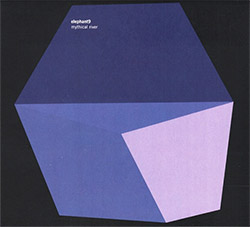



![Caveira (Gomes / Sousa / Abras / Ferrandini): Ficar Vivo [VINYL]](https://www.teuthida.com/productImages/misc4/34643.jpg)
![Gregg, J. J. / David Van Auken: Lunar Prairie [CD w/ DOWNLOAD]](https://www.teuthida.com/productImages/misc4/34611.jpg)

![Coultrain: Mundus [VINYL]](https://www.teuthida.com/productImages/misc4/32439.jpg)
![Mattin: Songbook #6 [VINYL]](https://www.teuthida.com/productImages/misc4/27317.jpg)
![Punkappella: Wake Up [7-inch VINYL]](https://www.teuthida.com/productImages/misc4/17519.jpg)
![Residents, The: WARNING: UNiNC.: Live And Experimental Recordings 1971-1972 [VINYL 2 LPs]](https://www.teuthida.com/productImages/misc4/31521.jpg)
![Coultrain: Phantasmagoria [VINYL]](https://www.teuthida.com/productImages/misc4/30142.jpg)
![Lennon, Sean Ono: Asterisms [VINYL]](https://www.teuthida.com/productImages/misc4/34517.jpg)

![Rotem Geffen: The Night Is The Night [VINYL]](https://www.teuthida.com/productImages/misc4/34631.jpg)
![Coley, Byron: Dating Tips for Touring Bands [VINYL]](https://www.teuthida.com/productImages/misc4/17906.jpg)

![Lost Kisses: My Life is Sad & Funny [DVD]](https://www.teuthida.com/productImages/misc4/lostKissesDVD.jpg)